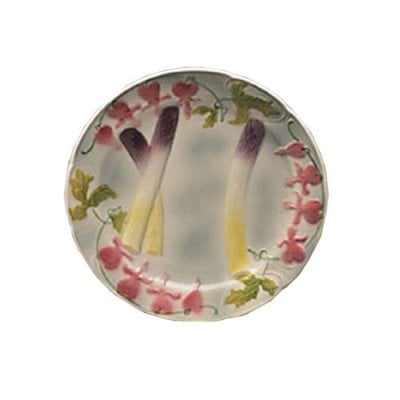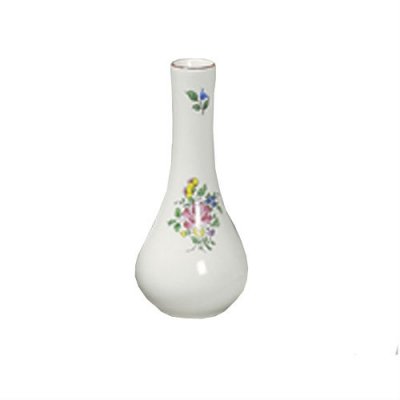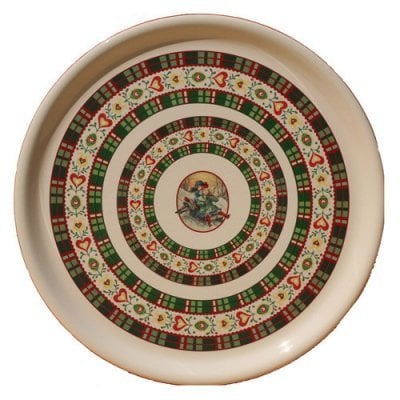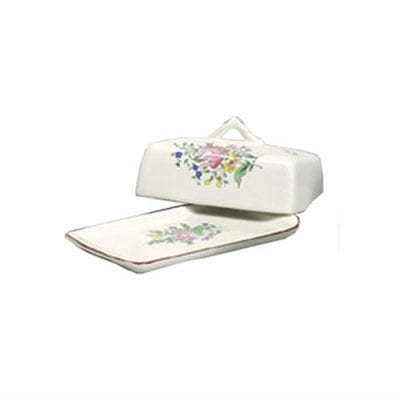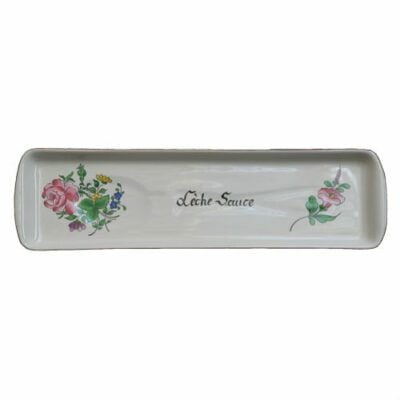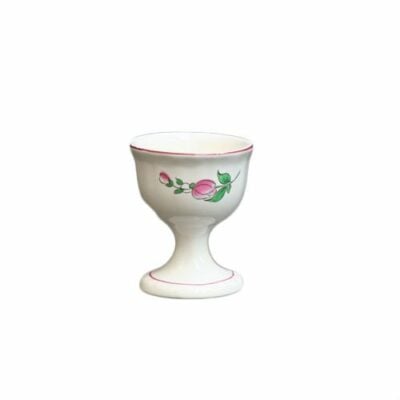Earthenware lorraine - LUNÉVILLE - ST CLEMENT - NIDERVILLER
These three factories, Created from the eighteenth century illustrate craft Lorraine regarding earthenware. In France, in the XVIIth century, the development of the decorated earthenware holds especially the misfortunes of time, that is the poverty of the royal finances. Indeed, to bail out his war chest, Louis XIV decrees the “sumptuary” taxes imposing the luxury and send to the cast iron its dishes and objects of gold and silver.
Showing 61–72 of 255 results
-
16xxcm
-
29xxcm
-
15x13xcm
-
xx31.5cm
-
xx32cm
-
x38x15cm
-
x19.5x11cm
-
x27x8cm
-
6.5xxcm
Earthenware lorraine LUNEVILLE ST CLEMENT NIDERVILLER :
Earthenware lorraine LUNEVILLE ST CLEMENT NIDERVILLER, These three factories, Created from the eighteenth century illustrate craft Lorraine regarding earthenware.
In France, in the XVIIth century, the development of the decorated earthenware holds especially the misfortunes of time, that is the poverty of the royal finances. Indeed, to bail out his war chest, Louis XIV decrees the “sumptuary” taxes imposing the luxury and send to the cast iron its dishes and objects of gold and silver. The nobility is incited to do the same: it is thus necessary to find a distinguished enough, sophisticated, artistic substitution material to take place honorably on the seigneurial and princely tables. As wrote it Saint Simon: ” then, the fashion wanted that all that there was of big and considerable, in France put itself in the earthenware of Moustiers recognized as the most beautiful of the kingdom ”
Alternately competitors or allies, them surrounded themselves with big creators from the start of Richard Mique, favorite architect of Marie-Antoinette to Emile Gallé the famous precursor of the art nouveau via the sculptor Paul Louis Cyfflé. Each brought its ideas to renew the ranges and maintain the interest of the collectors. Pieces are still made on the sites of origin, what allows the factories to guarantee a constant quality and to insure the sustainability of the knowledge.
Lunéville: established in 1730, this earthenware factory very fast obtained the distinction of Royal Factory because of the quality of its productions. She immortalizes the oldest decorations of which the famous set “Réverbère” until this day. It does not prevent him from renewing the collections by drawing from the floral themes, of the hunting, etc. …
Niderviller: established in 1735. This factory knew how to at the same time reinterpret the most classic decorations to give them a modern taste and create specific universes as the mountain or the campaign. She also threw a collection audacious and refined in black earth.
St-Clément: established in 1758. It is doubtless the most creative and the most artistic three factories: she threw the style which was going to be called Louis XVI afterward, worked on elements of architecture either with painters, sculptors etc. …



